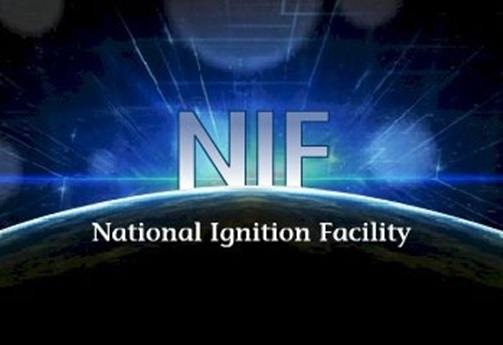Part 2 of 2 Parts (Please read Part 1 first)
For the present, the U.S. Senate’s newly introduced partisan infrastructure bill would aim to keep the nation’s fleet of around one hundred commercial fission power reactors in operation. They are considering allocating about six billion dollars to nuclear fission support between 2022 and 2026. They are also providing financial assistance to identify sites for potential microreactors under development.
Stephen Wagner is a physics professor at the University of Colorado Boulder. He said, “This is money worth spending. It’s often easier to keep an existing plant running than it is to get a new one approved and built.” Wagner also emphasizes the advantage of maintaining nuclear fission power in the energy mix for baseload power capacity with renewable sources providing peak power.
A key ingredient for fusion power generation is derived from lithium. On the one hand, Turrell notes the relative abundance of lithium. On the other hand, Wagner counters that mining lithium, a major component of batteries for electric cars, means pushing environmental degradation to other places.
Turrell said, “Fusion is the universe’s most ubiquitous energy source. It lights days from the sun, and if you go out at night, those thousands of pinpricks you see are stars using fusion.”
Researchers at the National Ignition Facility in California are exploring a nuclear fusion process that utilizes lasers to heat a fusion reactor up to sixty million degrees Celsius. This is four times hotter than the center of the sun. So far, they have only been able to generate three percent of the energy they expended in the experiments. Turrell emphasizes that the field of fusion research is still developing rapidly.
A multinational research group called ITER is working on developing other methods of generating fusion energy in southern France. Their goal is to create a huge magnetic fusion device by 2025.
Turrell said that he is optimistic about the private sector’s interest and investments in such research. He added that the financial interests suggest the “plausibility of it having some kind of breakthrough in the near future.”
Wagner believes that the development of commercial nuclear fusion has a much longer timeline. He estimates that fusion reactors will not begin operating until around 2050. He also believes that fusion will not approach being one hundred percent of the energy mix until 2100.
Wagner said, “If in my life I can boil water for my morning coffee from electricity from a fusion reactor, I will die a happy person because I will know the human race will have a future. It’s going to be a difficult haul unless there is some real sort of breakthrough there. And so it’s important — what both the big experiment in France and all these little experiments are doing.”
Whenever it does arrive, Turrell says that fusion will be a critical energy source on the Earth and beyond. He said, “If we ever want to explore the rest of the universe to any great degree, fusion is the only power source that is going to get us there. It is the only power source that can take us to the stars.”
Nuclear Fusion 143 – The Hard Road To Nuclear Fusion – Part 2 of 2 Parts

